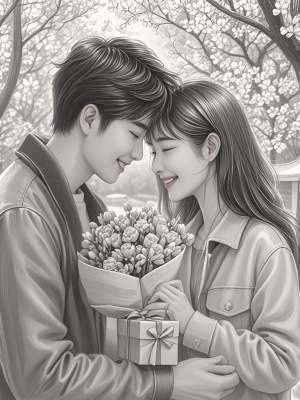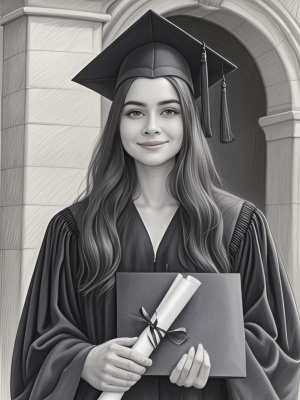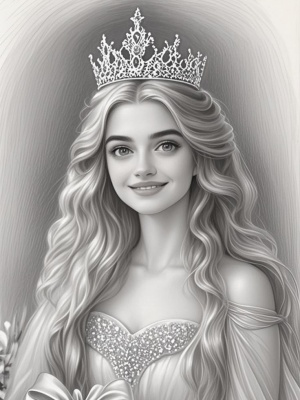The Best Pencil Artists: Masters of Graphite Realism
Pencil art is one of the most accessible yet challenging mediums in the visual arts. While anyone can pick up a pencil, only a select few artists have mastered the technique to create breathtakingly realistic and emotionally powerful works. This article explores the world's best pencil artists, their techniques, and what makes their work stand out in the crowded field of graphite art.
Defining Excellence in Pencil Art
What separates good pencil artists from the truly exceptional ones? Several key factors contribute to an artist's recognition as among the best in their field:
- Technical mastery - The ability to create photorealistic details and textures
- Emotional depth - Works that convey powerful emotions and narratives
- Innovative techniques - Unique approaches to shading, blending, and composition
- Consistency - Maintaining high quality across an entire body of work
- Recognition - Awards, exhibitions, and influence within the art community
The Masters of Contemporary Pencil Art
1. Diego Fazio - The Photorealist Prodigy
Italian artist Diego Fazio (known as DiegoKoi) creates hyperrealistic pencil drawings that are often mistaken for high-resolution photographs. His works demonstrate an incredible attention to detail, particularly in rendering water droplets and reflective surfaces. Fazio's technique involves building up countless fine layers of graphite to achieve his remarkable effects.
2. Paul Lung - The Patient Perfectionist
Hong Kong-based artist Paul Lung works exclusively with a 0.5mm mechanical pencil, creating astoundingly detailed animal portraits. His works can take up to 60 hours to complete, demonstrating incredible patience and precision. Lung's animal portraits capture not just physical likeness but the very essence and personality of his subjects.
3. Kelvin Okafor - The Emotional Realist
British-Nigerian artist Kelvin Okafor creates emotionally charged portraits that seem to breathe life. His works have been exhibited internationally and have earned him comparisons to Old Master drawings. Okafor's technique involves using various grades of graphite pencils to achieve a remarkable range of tones and textures.

Techniques of the Masters
The best pencil artists share several common techniques that contribute to their exceptional results:
- Layering - Building up multiple thin layers of graphite for depth and richness
- Blending - Using various tools (stumps, tissues, brushes) to create smooth transitions
- Erasing - Using erasers as drawing tools to create highlights and textures
- Surface preparation - Choosing the right paper texture and tooth for the desired effect
- Tool selection - Using a range of pencil grades from hard (H) to soft (B)
For those interested in learning these techniques, our AI绘画指南 offers valuable insights into digital art creation that can complement traditional pencil techniques.
The Future of Pencil Art

While digital art continues to grow in popularity, traditional pencil art maintains its unique appeal. Many contemporary pencil artists are finding ways to bridge these worlds:
- Scanning pencil works for digital enhancement and reproduction
- Using digital tools for preliminary sketches and composition planning
- Combining traditional pencil with digital coloring techniques
- Creating time-lapse videos of their drawing process for online audiences
For those interested in exploring the intersection of traditional and digital art, our AI艺术指南 provides helpful guidance.
Conclusion: The Timeless Appeal of Pencil Mastery
The best pencil artists demonstrate that this simple medium can produce works of astonishing beauty and complexity. Their mastery reminds us that artistic excellence lies not in the tools but in the vision, skill, and dedication of the artist. Whether you're an aspiring artist or an art lover, studying these masters can provide endless inspiration.
For more artistic inspiration, visit our gallery page featuring various styles of artwork that complement the pencil medium.
